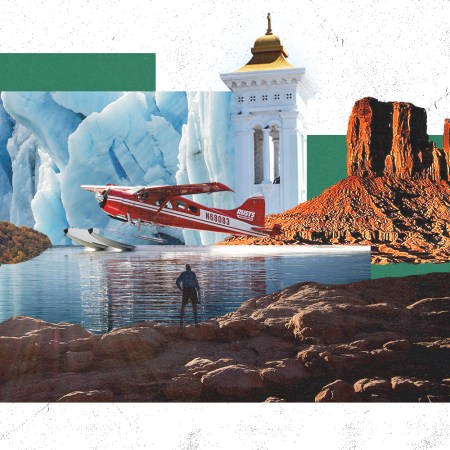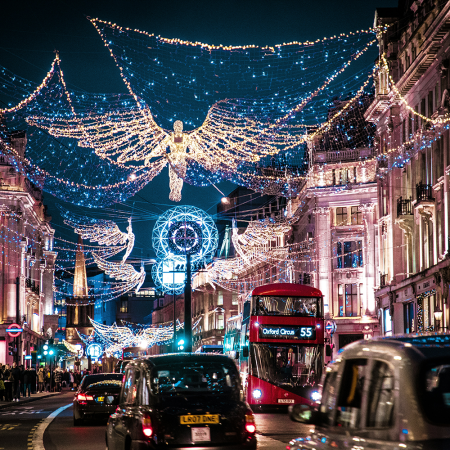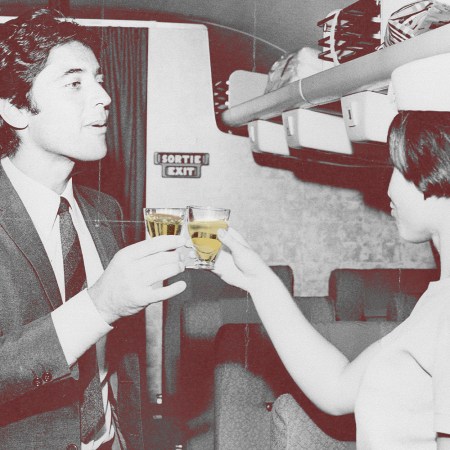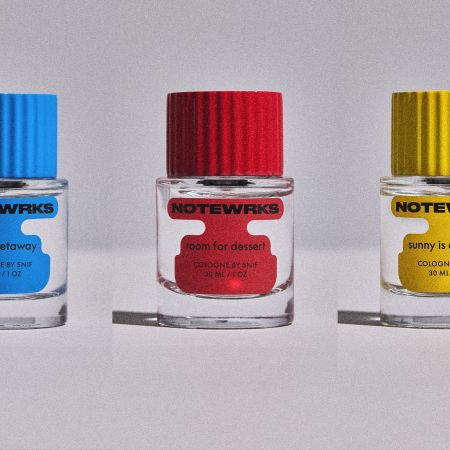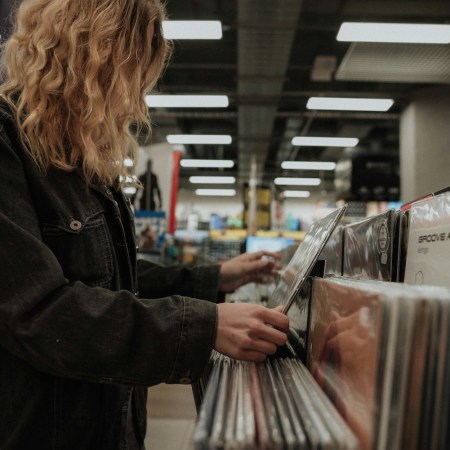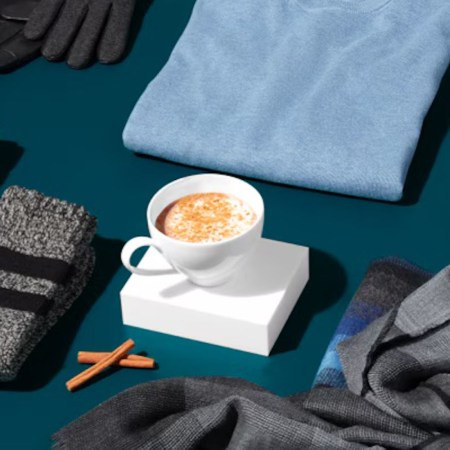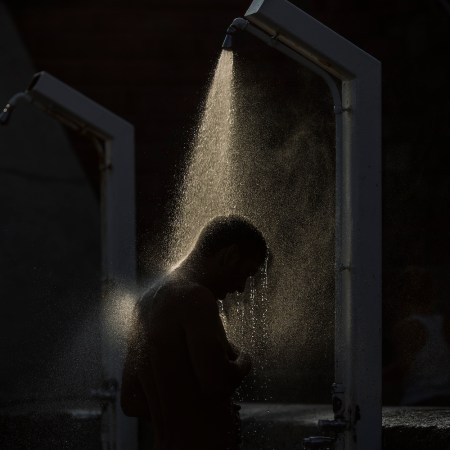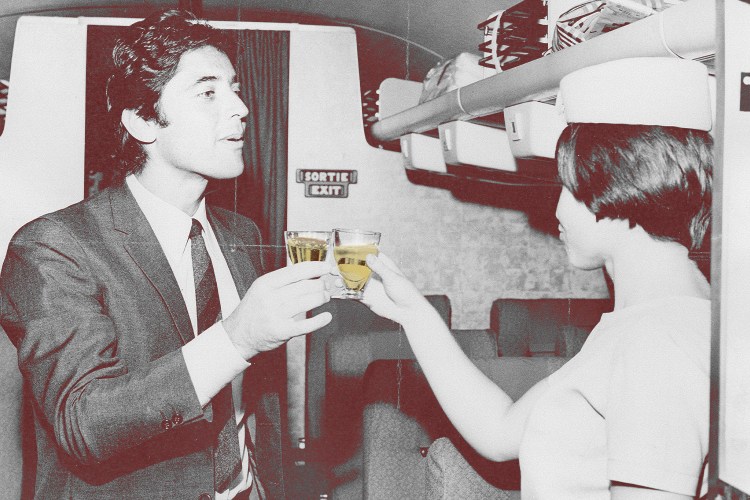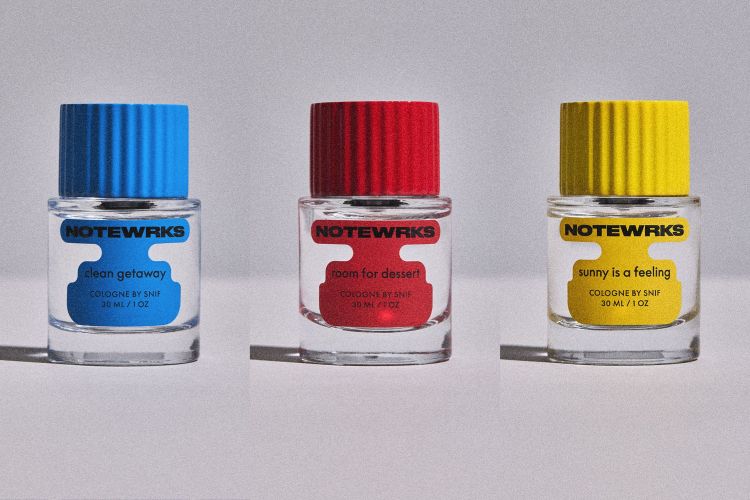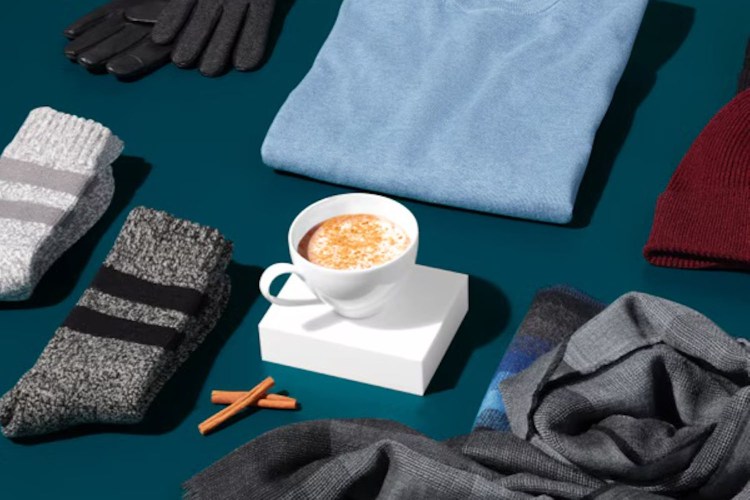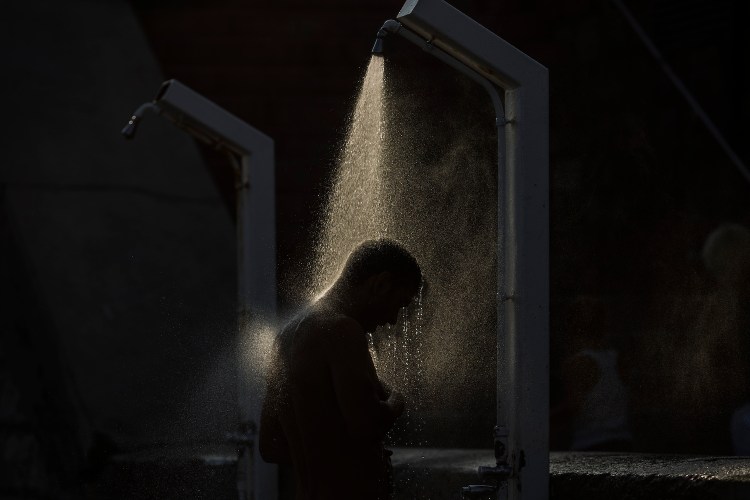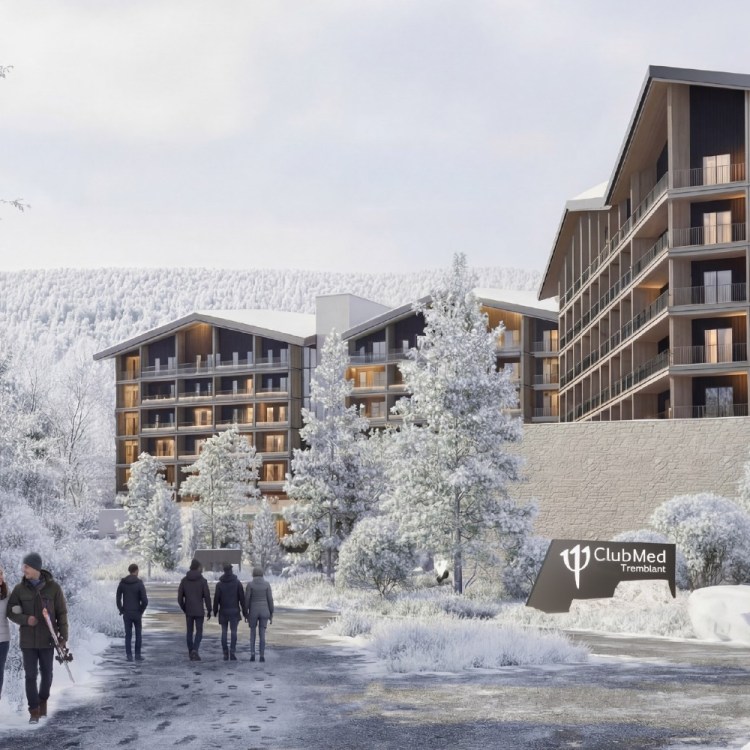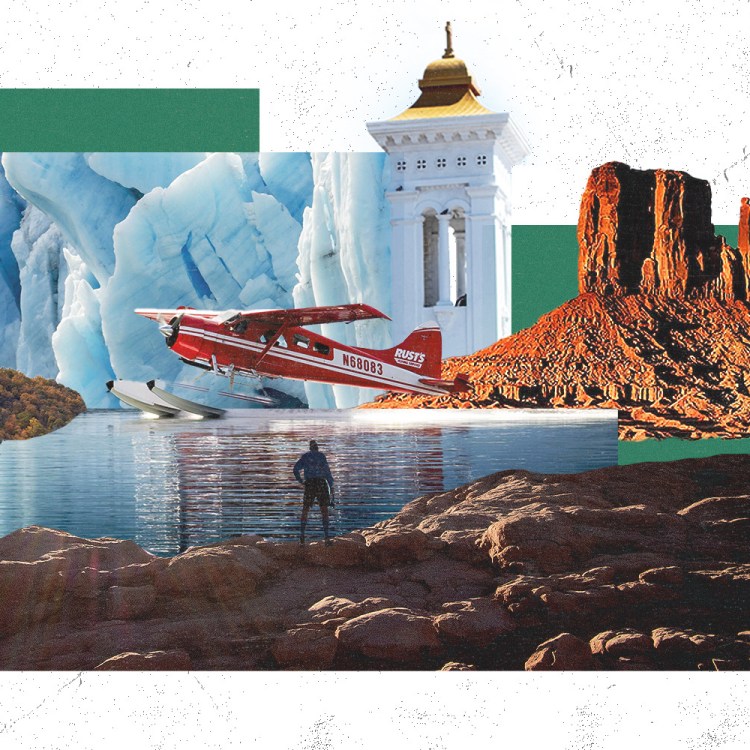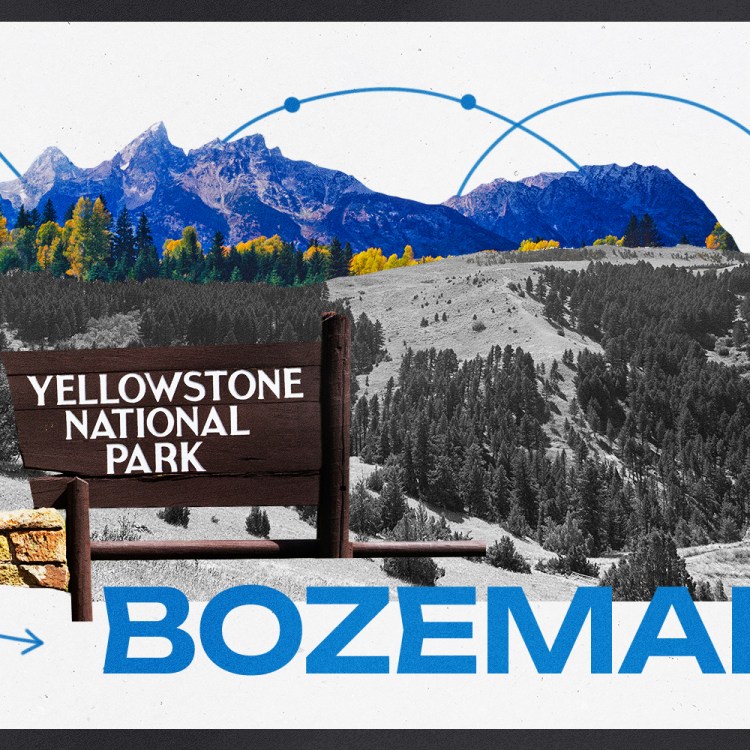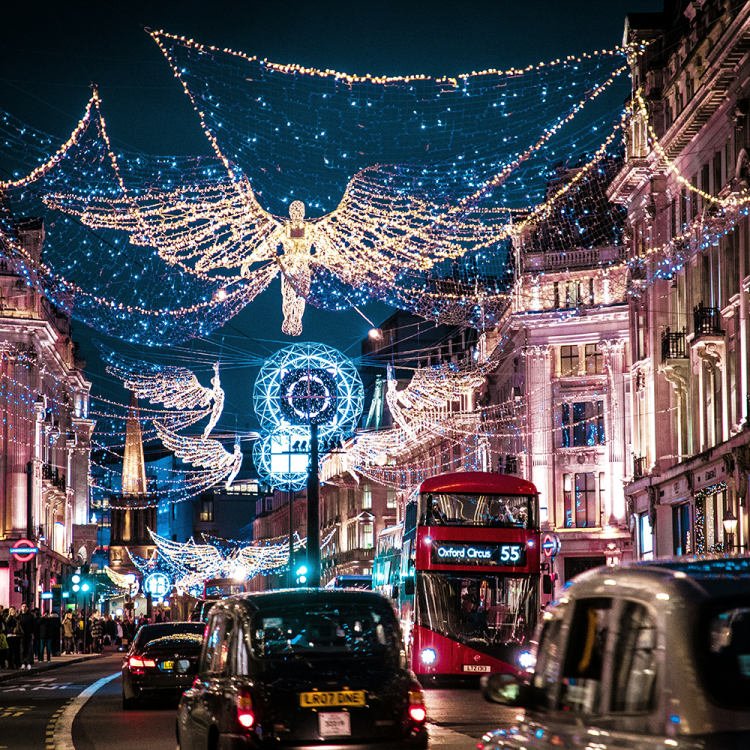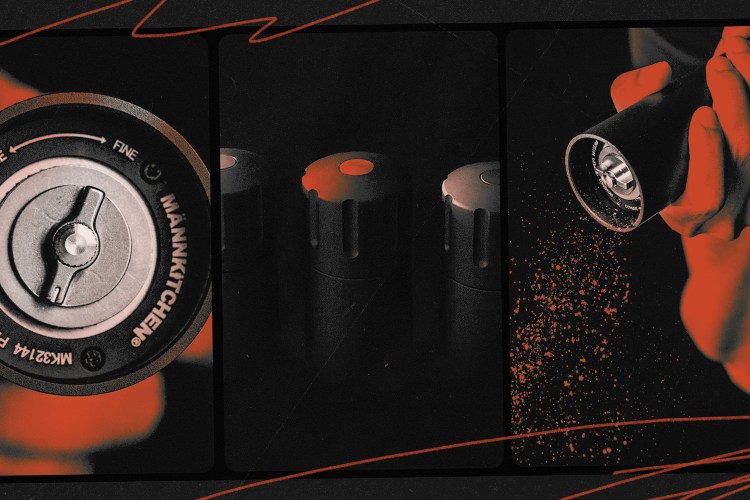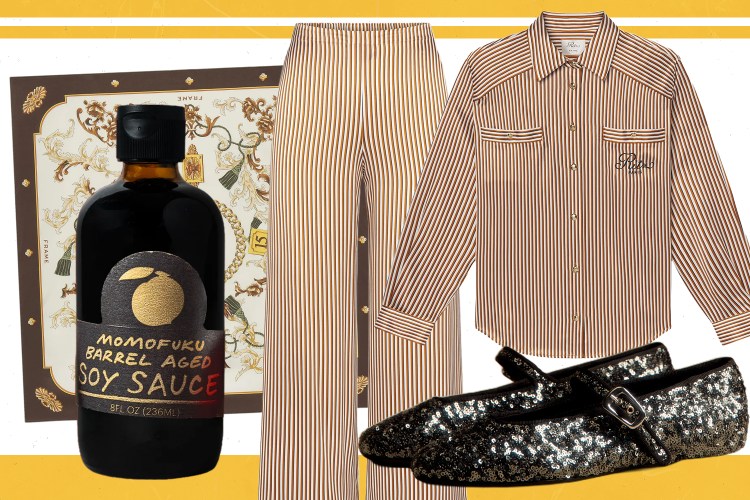Wearing a plastic polar bear mask and a white bath robe, I danced the YMCA with the first female prime minister of Greenland. Yet, as exchanges go, it was far less awkward than most between Americans and Greenlanders these days. Greenland is an autonomous country that is actively on the path to independence — a path that the Kingdom of Denmark is proactively paving. So while politics may be more important than ever right now, so is politeness.
Greenlanders want nothing more than to show visitors just how colorful this country is, despite its misrepresentation as little more than a big white blob on the map. From curtailing cringe-worthy comments to sparing yourself of innocent faux pas, here are four ways to dial down your red, white and blue behavior when visiting Greenland.

#1: Erase the Idea of the “Eskimo”
The word eskimo is not only an outdated caricature, it’s also derogatory. Call the Indigenous people of Greenland “Kalaallit” if you want to be politically correct; refer to them as Inuit or Indigenous, and it’s still polite. But drop the e-word, and you’ll only color within the lines of a poorly drawn cartoon that, for many Americans, is the only depiction of Greenlandic peoples they’ve ever encountered.
“Greenlandic Inuit culture is still being accepted in this country,” Johannes Ostermann, a young Inuit cultural educator says. “If there’s such a thing as counter-culture in Greenland, it’s our youth reclaiming our Inuit roots.”
When visiting Greenland, you’ll notice black lines tattooed on Inuit faces and hands, an act of both ancestral pride and contemporary defiance as this generation of Kalaallit showcases their heritage without shame. They wear their intentions on their sleeves, too.
If they invite you into their homes, they’re not just being polite. They’re inviting you for “kaffemik,” or, as journalist Inga Hansen explains, “an all-day social gathering spread via word of mouth,” which will teach you more about Greenlandic culture than any history lesson ever could.

The Journey by InsideHook
Join over 100K travelers seeking trip ideas, the latest travel news, and all the inspiration you need for your next vacation.
#2: Put the Camera, and the Bottle, Down
Be mindful of every shot you take when visiting Greenland. Jacquie Matechuk, a Canon Canada Ambassador who’s no stranger to professionally photographing Arctic Inuit culture, knows that capturing an image can be taken as an insult. “It can be considered very disrespectful to take pictures of things like memorials and tombstones,” she says. “When in doubt, unless somebody there in an official capacity says it’s fine, I would never even raise my camera.”
She recommends visitors to Greenland bring the same temperance to their photography. Photographing a polar bear hide, for instance, opens up unfair discussion about animal cruelty, though the photo itself lends no context to traditional, legal and extremely regulated Kalaallit hunting practices. To see dozens of dogs chained to a rocky hillside seems equally cruel, until you speak to a local like Mads Sarkov. His dogs have led him home while injured in a snowstorm, and the alpha in his pack once killed its own mother to protect Mads from a near-fatal attack.

But he also won’t hesitate to put his dogs down when his authority or safety is challenged. “These sled dogs are the oldest dog breed in the world and have wolf genetics,” he says. “One of my dogs killed a puppy, so I had to put her down to teach the pack that it’s not acceptable.”
Animal encounters aren’t the only places you’ll find yourself in a gray area in Greenland. Even alcohol indulgence, a relatively benign activity for Americans, is not as socially acceptable there. “Substance abuse is a concern in Greenland,” says Dr. Kevin Perry, a social work professor at the University of Greenland. “Excessive drinking or boisterous behavior is generally frowned upon. Most establishments have a relaxed and quiet atmosphere; bars frequented by individuals with alcoholism have a less predictable atmosphere.”
Rest assured that you can have a good time visiting Greenland without posting hazy or potentially harmful photos on the ‘Gram.

#3: Watch Where You Roam
Greenland’s wild landscapes are as fragile as they are enduring. “Trail” was a generous term for the route we scrambled through in Akuliarusinnguaq. Speeding our way up a hillside, ours were likely the first boots the spongy permafrost had felt in months, which was why it was so important to follow in each other’s footsteps.
Did our two-dozen pairs of feet damage the environment? Likely not, but increased tourism has the potential to damage Greenland’s landscape, according to Dr. Marc St-Onge, a Canadian Arctic geologist. “When you have an influx of people frequenting one locality densely, it will affect the landscape,” he says. “Not the bedrock, but anything more fragile, like the soil cover underlaid permafrost, there’s a risk of generating local erosion. Wearing down the top layer of insulating vegetation exposes underlying soil, which will promote thawing of the permafrost and generate unwanted erosion.”
Major attractions like the Ilulissat Icefjord have built a boardwalk over what was once a footpath because of increased visitor impact. Lesser-visited areas, like Akuliarusinnguaq on the Nordre Isortoq Fjord, aren’t as protected.

Aka Simonsen, a Kalaallit archaeologist, directed our attention to cairn-looking stones that were actually Inuit fox traps. Resembling small stone caves, Aka told us that these simple yet highly-effective structures may be new or ancient, depending on the presence of lichen. In a matter of seconds, an oblivious hiker could trample or topple a stone trap that generations of Kalaallit hunters relied on.
And watch where you wander indoors, too. For you, it’s shopping; for them, it’s survival. Greenland’s communities, even larger cities like Illiusat and Sismiut, are considered remote when it comes to shipping goods. Buying toiletries that you forgot to pack for vacation takes away a resource that they need for everyday life — one that might not be replenished for weeks. Roaming around the grocery store, gawking at high prices or giggling at the “weird” foods — like raw frozen seal and dried minke whale (both of which are actually delicious) — is as petty and impolite as it gets. And never waltz into a store selling seal skin or Arctic fox wool with your nose turned up; traditional clothing is not only sourced sustainably but also critical for survival in Greenland.

#4: Just Be Polite
Wandering through the streets of Sisimiut, I met Angunnguaq Larsen, a Kalaallit actor who was recently featured in season four of True Detective. When asked what he thought about our ship full of tourists flooding into his city of just over 5,500, his response was simple. “We Greenlanders, by nature, are very calm and very polite people,” he says. “We just want to be treated with respect. Just be polite to us.”
When Aleqa Hammond, Greenland’s first female prime minister, tossed me a stone from the shores of Disko Island, a Kalaallit willingly gave an American a literal piece of Greenland as a souvenir. Neither of us knew that four months later, an American president would impolitely insist that the country should give up much more.
“Coming to Greenland, all guests must come with an open mind and experience the unique peoples and culture that have mastered to survive the most breathtaking and harsh environment on the planet,” Hammond says.

The first lesson of the Arctic is that success is found in cooperation, not competition. From the smallest of lichen to the largest of cities, every form of Greenlandic life depends on the delicate unity forged through harmony with the world. “It reminds you of what silence is, what beauty is, what friendliness is, what hospitality is and, most of all, reminds you of your inner self that can go hand-in-hand with the nature,” Hammond says.
Bring your curiosity with an equal measure of courtesy, and you’ll be surprised at how willing Greenlanders are to share their culture and communities with American visitors. But arrive in the Greenlandic Arctic with prejudices or pretentiousness, and they’ll have no qualms about giving you the cold shoulder.
A costumed Hammond and I danced as the MS Ocean Endeavour sailed away from Disko Island during the aptly-scheduled Disco Night celebration. This Adventure Canada cruise brought Greenlandic Kalaallit together to show North American travelers a colorful, courteous world betrayed by its white representation on the map.
The best piece of advice for Americans visiting Greenland is simple: Just be polite.
Nick Dauk was a guest on Adventure Canada’s Intro the Northwest Passage tour in 2024.
This article appeared in an InsideHook newsletter. Sign up for free to get more on travel, wellness, style, drinking, and culture.



